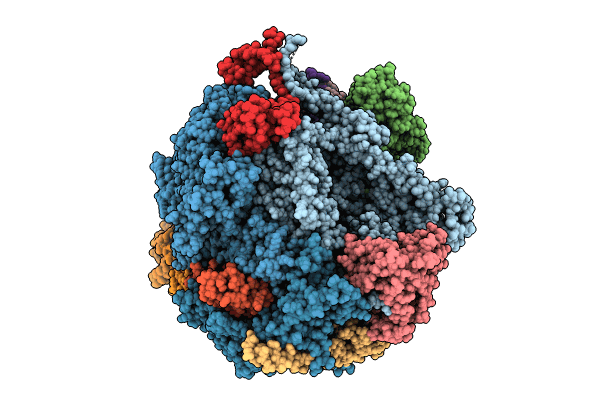
Deposition Date
2023-08-18
Release Date
2024-01-24
Last Version Date
2025-05-28
Entry Detail
PDB ID:
8TVS
Keywords:
Title:
Cryo-EM structure of backtracked Pol II in complex with Rad26
Biological Source:
Source Organism:
Saccharomyces cerevisiae (Taxon ID: 4932)
synthetic construct (Taxon ID: 32630)
synthetic construct (Taxon ID: 32630)
Host Organism:
Method Details:
Experimental Method:
Resolution:
4.40 Å
Aggregation State:
PARTICLE
Reconstruction Method:
SINGLE PARTICLE


